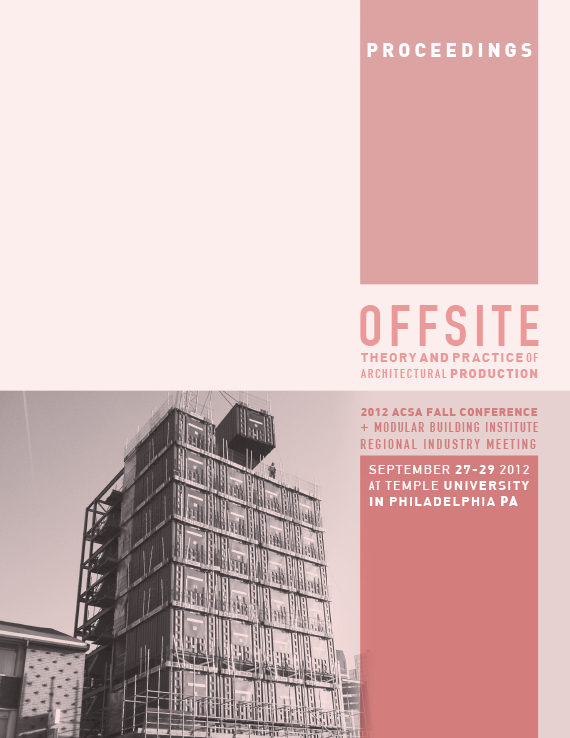Author(s): Stephen Kendall
The residential real estate and development industry will sooner or later recoverfrom the recession. All players will be seeking competitive advantage. Nowis the time for residential developers and their architects/builders to shake offobsolete methods, to take new realities seriously, to find new opportunities andto adopt new products and methods in the delivery of an agile and sustainableresidential building stock. The key is to recognize the nascent but powerfuldemand embodied in personal preferences for living environments.The paper addresses the question of what it takes to adopt a flexible “openbuilding” strategy in the residential market using off-siteprefabrication, BIMand advanced logistics. The goal is a sustainable building stock meeting variedand changing demand. The tools are decision flexibility, matched by productionflexibility. Why is this important? The reason is that market conditionschange, during the pre-constructionplanning period, during construction andcertainly over the life of the real estate asset. Everyone wants to make decisionsat the last minute, without loosing money or jeopardizing the quality ofthe results. This points to the need for design and building processes – andbuilding technologies -thatdecouple long-termasset value from technicaldetails/spaces that have a shorter life. We should, ultimately, be investing ina building stock with long asset life. Therefore, constructing “open” buildingsand later specifying the unit sizes, floor plans and equipment needed to meetmarket preferences represents an innovation whose time has come. This requiresbetter ways of producing off-site(prefabrication and ready-to-assemblepackages), new supply chain processes and more nimble logistics.My paper focuses on three things. First I briefly discuss the theory of residentialopen building and show examples of built projects, in the market, aroundthe world. Second, I introduce key products that are the backbone of the nextgeneration of open building projects. Third, I project a business model providingjust-in-timeresidential interiors using off-siteprefabrication, improvedlogistics, and multi-skilledteams for on-siteinstallation inside buildings.This business/production model is useful in re-fittingbuildings being guttedfor adaptive reuse or total upgrading, and in newly built residential townhousesor multi-unitresidential buildings. My research suggests that products cominginto the market enable this way of working to be cost effective. I also show thata design/build residential fit-outbusiness model – using advanced off-siteproductionprocesses and advanced software -willoffer advantages in decision-flexibility,customization, speed and cost/quality control.
Volume Editors
John Quale, Rashida Ng & Ryan E. Smith
ISBN
978-0-935502-85-5

 Study Architecture
Study Architecture  ProPEL
ProPEL 
